By Greg Woodman
I’m in the business of communication. Of storytelling. Of building trust between a brand and its people. And every day, I talk to exhausted founders, nonprofit directors, and marketing teams who are all asking the same thing:
Why isn’t this cutting through?
They’re spending more than ever—often around $80,000 a year (average all in cost of a good marketer on staff for a small company or non profit)—to try to stay visible. That’s the real cost of today’s pressure to “publish or perish.” You either:
- Hire a team of internal marketers who now are content creators.
- Outsource it to an agency.
- Or do it all yourself.
The goal? Keep the content flowing. Show up on all the platforms. Stay “in the conversation.” .
But the impact often feels hollow.
The audience is tuning out.
The trust is thinning.
And the returns? Unclear, at best.
Everyone Is Media. Everyone’s Exhausted.
Back in 1995, I helped build the Airwalk brand. We had a few creative minds, an ad agency, and a $30 million budget. One 30-second commercial on MTV during Beavis and Butthead, and boom—we’d reach 80% of teenage boys.
Tenfold growth. One message. One moment.
Now? Local nonprofits and businesses have larger staff than I did back then. They’re producing videos, writing blogs, managing social feeds, sending emails, sponsoring events—just to keep up.
Or they’re trying to do it all themselves. Because they can’t afford the team. But they feel they must, or risk falling behind.
And here’s the irony: whether they’re spending $80K or doing it for free, the frustration is the same.
It’s not cutting through.
“My Audience Isn’t Even There.”
A local restaurant owner recently told me:
“My average meal is $45. My audience isn’t on Instagram or Threads. So why would I spend my time creating content for platforms that don’t reach them?”
Boom. That’s the clarity we need.
Instagram usage in 2024–25:
- Only 36% of 50–64-year-olds use it.
- Just 19% of 65+.
And let’s admit they’re not logging in to discover new businesses. They’re checking in to see photos of their grandkids or updates from a family vacation. Then they close the app and move on with their day.
They’re not scrolling endlessly. They’re not looking for ads.
They’re looking for heart—and once they find it, they run with it.
In truth, many of us aren’t just missing the mark—we’re also talking to the same people over and over again in our own echo chamber. We publish, promote, and share into the same small circle… and wonder why we’re not growing.
That’s not reach. That’s routine. And it’s not working.
We’ve All Become Publishers. But at What Cost?
We post. We boost. We email. We sponsor. But too often, we’re just checking boxes.
And for nonprofits especially, the stakes are rising:
- Budgets are shrinking.
- Grants are disappearing.
- Mail and printing costs are escalating.
So, what’s left?
Creativity. Empathy. Trust.
And here’s where it gets interesting:
For over a century, the local newspaper served as the trusted town square. But today? That role has quietly shifted.
Now, Facebook groups like State College Foodies and Happy Valley Moms are more trusted, more timely, and more relatable than many of the local papers still behind paywalls. People share breaking news, debate school board decisions, post restaurant reviews, and rally for causes—in real time.
Meanwhile, the trained journalist sits behind a paywall, with 37 pop-up ads and a login form. The public? Frustrated. Resigned. Often angry. They’ll say it outright:
“I will never pay to read local news.”
And yet—every day—we post, comment, share, and create content for the very platforms that monetize our words. We work for them, for free.
That’s the moment of clarity.
We won’t pay for trusted content, but we’ll give away our attention, creativity, and emotion to platforms that profit from it.
That’s the system. Unless we build something new.
Fish in a Barrel—But Can You Earn Their Trust?
Targeting today is simple. AI and data tools can geo-fence a block, retarget a visitor, build a list in minutes. You can find the right person, at the right time, on the right screen.
It’s like fishing in a barrel.
But the challenge isn’t finding the fish. It’s earning their trust. Starting a dialogue. Creating a moment that feels genuine to the fish who already knows they’re being tracked.
And that takes something algorithms can’t generate: humanity.
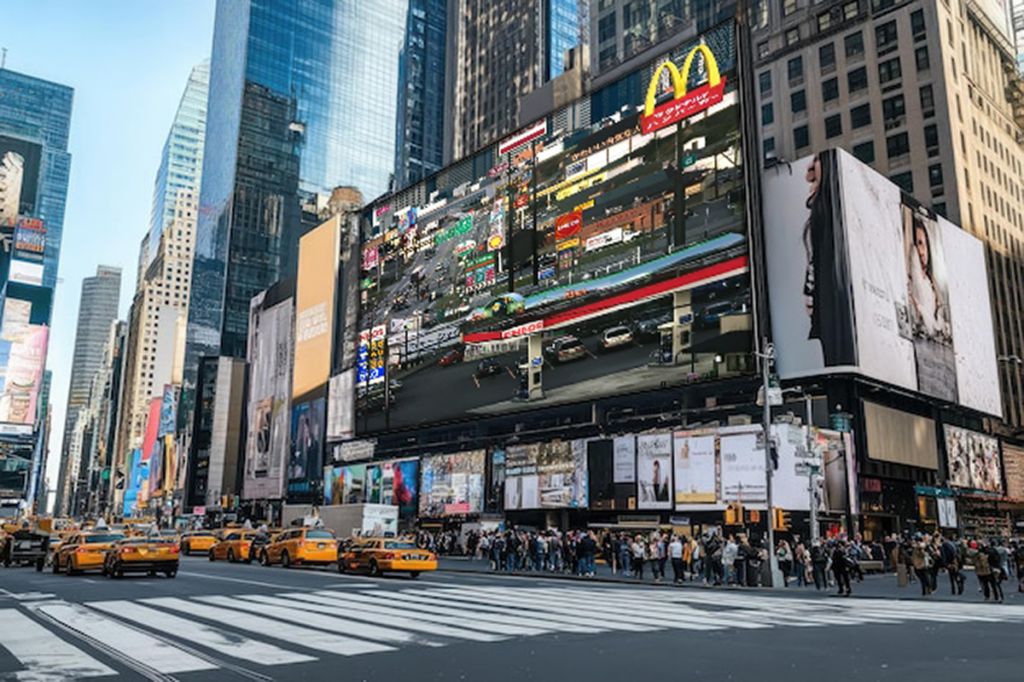
Introducing Connect HappyValley: A Digital Town Hall
With your help—and fueled by this daily work—I’m trying something new.
A better way for local nonprofits, businesses, and community groups to reach people without printing thousands of postcards or relying on tired algorithms.
It’s a local media co-op. A digital town hall.
The idea is simple:
- Let the community create the content.
- Let the community consume it.
- Build something sustainable—together.
The technology isn’t fully built out yet. But we’re working on it.
Can we pull off a local social platform? Only if you help tell the stories.
It’s not radical. It’s just what our local newspaper did for 100 years. We’re simply rebuilding it—for now.
The mission? Make storytelling more human, more useful, and truly local again.
Data Is Easy. Trust Is Hard.
That’s the work I’ve done for nearly 50 years. Whether for a global sneaker brand or a local nonprofit event.
Not just making noise.
Making moments that matter.
So… Is This Eletter Just More Noise?
Maybe.
But maybe it reaches a nonprofit leader, a local entrepreneur, a school board member… and reminds them that:
- You don’t need to be everywhere.
- You don’t need to spend $80K.
- You just need to matter to someone.
That’s how we cut through the noise.
That’s how we build something better.
One Last Question: What Actually Works for You?
How do you want to hear from the people and causes you care about?
What’s the channel or format that makes you say: “Yes—this is worth my time”?
Hit reply. I’m listening.
Because Connect HappyValley isn’t about content.
It’s about connection.
And I’m not here to just post.
I’m here to rebuild trust—with heart.
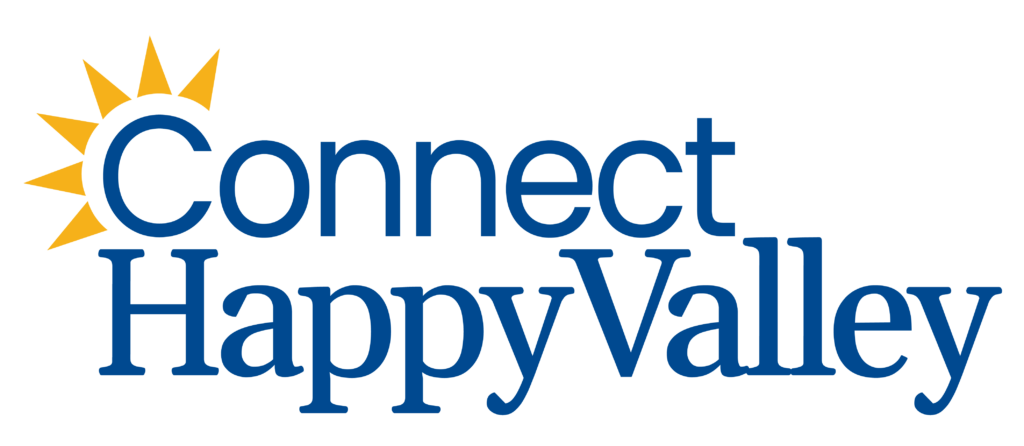

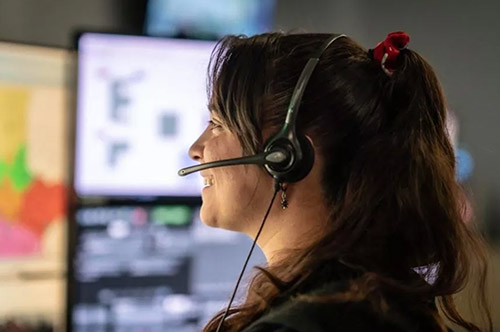

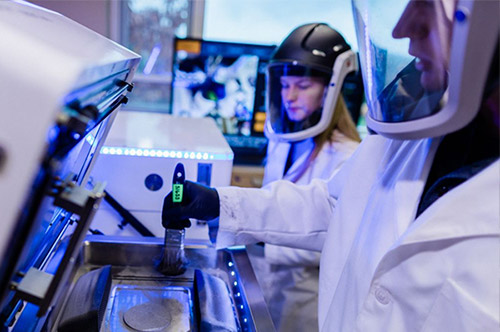
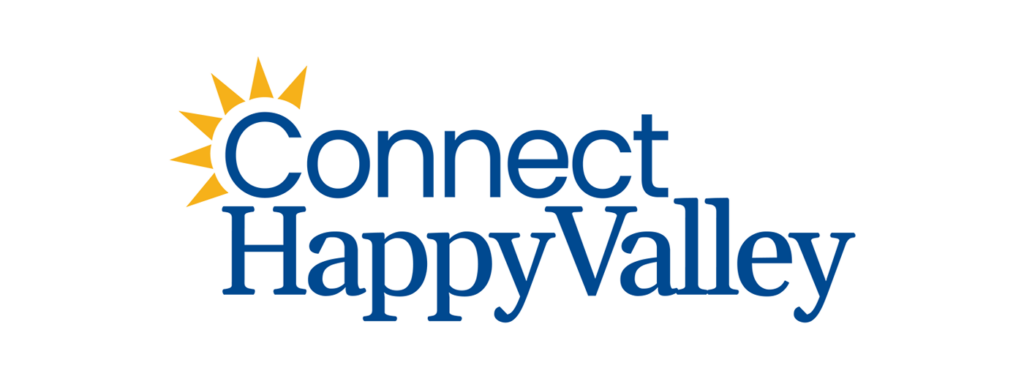

One Response
Great note! Agree… Keep up the awesome work you are doing.